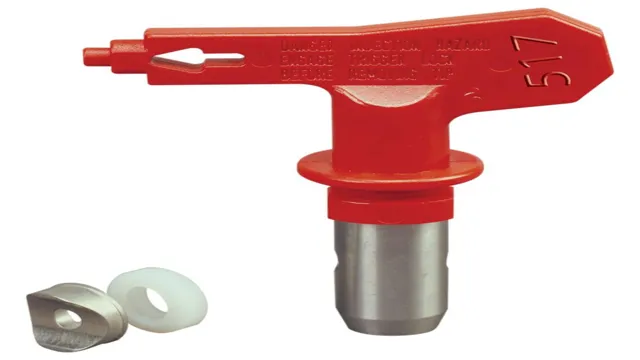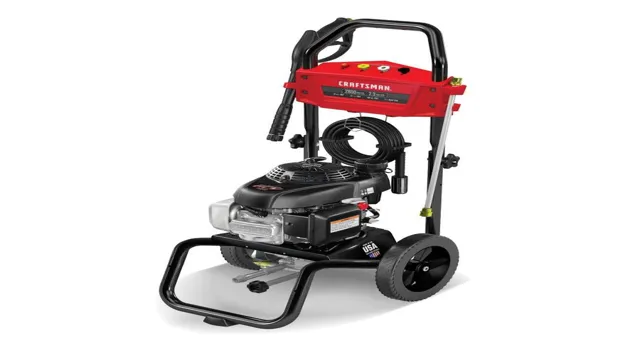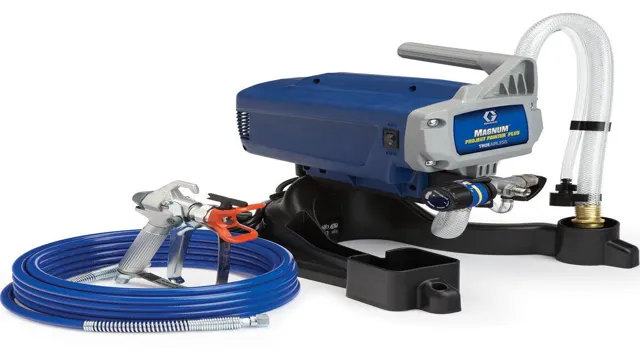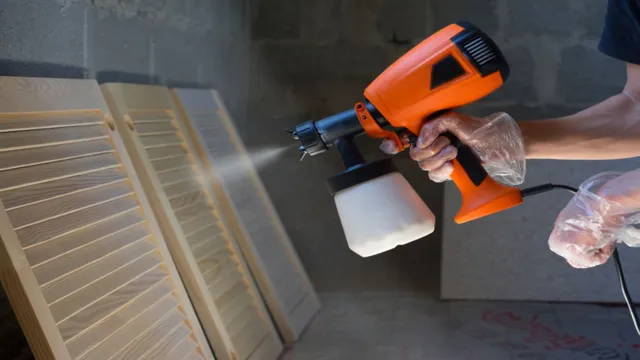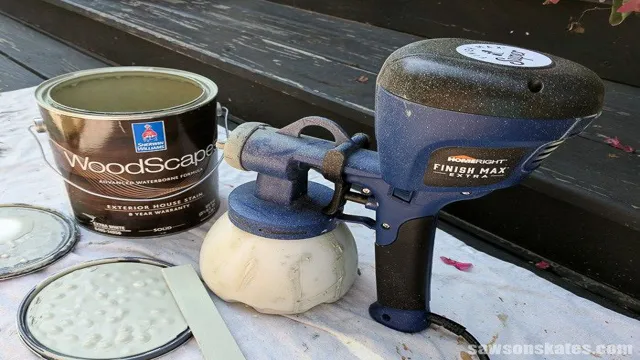What is Overspray on a Paint Sprayer? Tips to Prevent and Clean Overspray
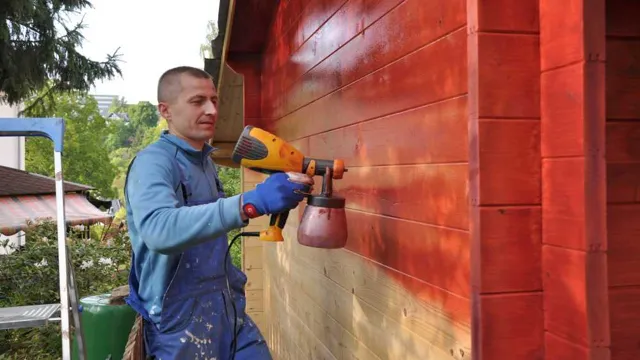
Are you tired of dealing with overspray when using a paint sprayer? Overspray, the excess paint mist that can coat surfaces other than the intended target, can be frustrating and time-consuming to clean up. But understanding why overspray occurs and how to prevent it can save you a lot of hassle. Think of a paint sprayer like a garden hose.
When you turn on the hose, water comes out in a strong, concentrated stream. But if you adjust the nozzle, the water can be dispersed into a wider spray that covers a larger area. The same goes for a paint sprayer.
If the nozzle is not calibrated correctly or the air pressure is too high, the paint will be dispersed in a wider pattern that can cover unintended surfaces. But overspray is not just an annoyance; it can also be a health hazard. The chemicals in the paint can be harmful if inhaled or absorbed through the skin.
That’s why it’s important to wear protective gear and work in a well-ventilated area. Don’t let overspray ruin your painting project. With the right technique and equipment, you can achieve a beautiful finish without any extra mess.
Keep reading to learn more about understanding overspray on a paint sprayer and how to avoid it.
What is overspray?
When using a paint sprayer, overspray can be a common issue that many people encounter. But what is overspray exactly? Well, overspray occurs when some of the paint that is being sprayed misses the intended surface and instead lands on surrounding areas. This is usually caused by the mist-like spray pattern that sprayers create.
Overspray can create a mess and waste precious paint, not to mention it can be difficult to clean up if it lands on areas that weren’t meant to be painted. To avoid overspray, it’s important to use the right spray nozzle size and ensure that your sprayer is set up and adjusted correctly for the project you are working on. By taking the time to properly prepare and use your paint sprayer, you can avoid overspray and achieve a smooth and even paint job.
Definition: Paint mist that escapes the spray pattern
Overspray is a common term used in the painting industry, referring to the paint mist that escapes the intended spray pattern and lands on other surfaces. It happens when the spray gun is not aimed correctly or when the air pressure is too high, causing the paint droplets to bounce off and spread beyond the intended target. Overspray is not only annoying but can also cause problems during the painting process, like uneven finish, drips, color mixing, and longer drying time.
It can also be hazardous to the environment and human health if the paint contains harmful chemicals. Car shops, construction sites, and painting contractors often use protective measures to prevent overspray, such as using masking tape, plastic covers, ventilating systems, and body suits. Hence, it’s essential to control overspray to avoid waste, extra costs, and rework while ensuring a safe and efficient painting job.
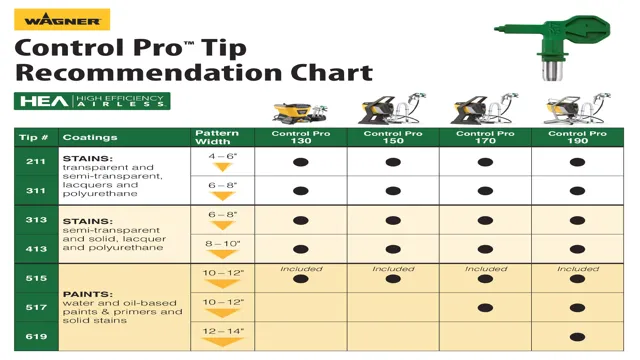
Why does overspray happen?
Overspray is a common occurrence when using a paint sprayer. It happens when tiny droplets of paint escape the intended target area and adhere to nearby surfaces. These droplets can be as small as 10 micrometers and can travel up to several feet away from the intended area, causing a fine mist of paint particles to settle on anything in its path.
There are several reasons why overspray happens, such as improper technique, incorrect nozzle size, low-quality paint, incorrect pressure settings, and even environmental factors like humidity or wind. Whatever the cause may be, overspray can be a time-consuming and costly problem if not addressed. To minimize overspray, it is important to choose the right nozzle size, adjust the pressure settings, and practice proper painting techniques.
By doing so, you can achieve a more precise and efficient paint job, without worrying about overspray.
Factors: Spray gun settings, wind, surface type and size
Overspray is a common issue that happens when using a spray gun, but why does it happen? There are several factors that come into play, such as spray gun settings, wind, surface type, and size. If the spray gun is not set up correctly, it can cause overspray, and the amount of overspray will depend on the settings used. Wind can also play a significant role, as it can cause the overspray to spread out further than intended.
The type of surface being sprayed, whether it’s smooth or rough, can also affect the amount of overspray produced. Finally, the size of the spray area can impact the extent of overspray, as it can be difficult to control the spray gun in larger areas. By being aware of these factors and adjusting the settings for each situation, overspray can be minimized, and a smooth and even finish can be achieved.
What are the effects of overspray?
Overspray is a common issue that can occur when using a paint sprayer. It refers to the excess paint particles that escape the spray gun and settle on surrounding surfaces. While overspray may seem like a minor inconvenience, it can have various negative effects.
It can cause the paint to dry unevenly, leading to an unappealing finish. Additionally, overspray can damage nearby objects and surfaces, including vehicles, furniture, and floors. This can result in costly repairs and a considerable waste of time and effort.
Furthermore, overspray can be harmful to health if inhaled, especially for people with respiratory issues. Therefore, it is crucial to take preventive measures, such as using masking tape and drop cloths, to minimize the risk of overspray. By doing so, you can ensure a professional-looking and safe paint job.
Waste of paint, longer drying times, safety hazards
When it comes to painting, overspray is a common issue that can lead to several effects. One of the most noticeable effects of overspray is the waste of paint. Overspray occurs when the paint is sprayed beyond the intended area, leading to extra paint being used.
This not only increases the cost of the project but also contributes to environmental waste. Another effect of overspray is longer drying times. When overspray occurs, the extra paint can take longer to dry, leading to potential drips, runs, and imperfections in the final result.
Moreover, overspray also poses safety hazards. Inhaling paint fumes is dangerous and can lead to health issues such as headaches, dizziness, and nausea. Overspray can also cause slip-and-fall accidents, making the painting project a potential liability for both the homeowner and the painter.
Therefore, it is important to take necessary precautions and ensure proper ventilation and safety measures are in place before starting any painting project. To prevent overspray, it is crucial to choose the right paint sprayer and take the time to mask off any areas where paint should not be sprayed. Additionally, investing in high-quality equipment and materials can make a significant difference in the final outcome and prevent overspray.
By taking these steps, one can prevent the negative effects of overspray and achieve a professional-looking paint job that is safe and efficient.
How to prevent overspray?
Overspray on a paint sprayer is the excess paint that doesn’t make it onto the intended surface. It often happens when using a paint sprayer, and it can be frustrating to deal with. However, there are ways to prevent overspray from occurring.
First, always make sure to use the proper air pressure setting on your paint sprayer. Too much pressure can cause overspray. Second, use the correct type of tip for the paint you are using.
Different tips work better for different types of paint, and using the right tip will reduce overspray. Third, hold the sprayer at the correct distance from the surface. If you hold it too close, overspray is more likely to occur.
Fourth, use a cardboard or plastic shield to block overspray. This can be especially helpful when spraying near corners or edges. By following these tips, you can reduce the chances of overspray happening and ensure that your painting projects turn out great.
Proper spray gun technique, using a paint shield, controlling wind conditions
Overspray is a common issue when using a spray gun. However, proper technique can minimize or even eliminate this problem. To start, it’s essential to understand the correct way to use a spray gun.
Holding the gun at a distance of 6-8 inches away from the surface and moving it in a smooth, steady motion will ensure even coverage without overspray. Additionally, using a paint shield can help direct the paint where it’s needed and prevent it from spreading to other areas. Wind conditions can also play a significant role in overspray, making it crucial to consider the weather before beginning a project.
If there’s too much wind, overspray can quickly travel and stain surrounding surfaces, so it’s best to avoid painting altogether in such conditions. By following these tips and using a spray gun with precision, any overspray issues can be kept to a minimum.
Conclusion: Overspray control benefits
In summary, overspray on a paint sprayer is the art of unintentional painting. It’s the unintentional and often frustrating phenomenon where paint particles drift beyond their target surface and coat surrounding areas. Think of it as an abstract expressionist painting created by an overzealous painter trying to stay within the lines.
While it may lead to some messy situations, it’s important to remember that with proper technique and equipment, overspray can be minimized, leaving you with a clean and professional paint job. So, embrace the occasional splatter and keep your creativity flowing!”
Less waste, better paint results, safer work environment.
Preventing overspray is an important consideration for anyone who regularly uses spray paint. Overspray occurs when particles of paint drifts away from the intended surface and settle onto surrounding areas, creating a potentially hazardous work environment. It can also waste paint and ruin the quality of your finish.
There are a few ways to help prevent overspray, including using a spray booth or setting up a temporary barrier to contain the paint in a small area. You can also adjust the air pressure, viscosity, and speed of your paint gun to reduce the likelihood of overspray. The key is to take the time to properly prepare your workspace and equipment before you start spraying, ensuring that you achieve the best possible results while also keeping yourself and your surroundings safe.
Remember, by taking some simple steps to prevent and control overspray, you can avoid costly mistakes and make your painting projects more efficient and effective.
FAQs
What is overspray on a paint sprayer?
Overspray on a paint sprayer refers to the small droplets of paint that do not make it onto the intended surface and instead fall onto surrounding areas.
How does overspray occur on a paint sprayer?
Overspray occurs on a paint sprayer when the nozzle of the sprayer is not set correctly or the sprayer is being used at too high of a pressure.
Can overspray be prevented on a paint sprayer?
Yes, overspray can be prevented on a paint sprayer by properly adjusting the nozzle and pressure, as well as using the right technique when spraying.
What are the effects of overspray on surrounding areas?
Overspray can cause paint to adhere to and damage nearby surfaces, as well as create a messy and uneven finish on the intended surface.
How can overspray be cleaned up from surrounding areas?
Overspray can typically be cleaned up from surrounding areas using a combination of water, soap, and a scrub brush or sponge.
Is overspray a common issue with paint sprayers?
Overspray can be a common issue with paint sprayers, especially if the user is inexperienced or not following proper technique.
Can overspray damage a paint sprayer?
If overspray is left on a paint sprayer for too long, it can potentially cause damage to the nozzle or other components. However, cleaning the sprayer thoroughly and regularly can prevent this from happening.

